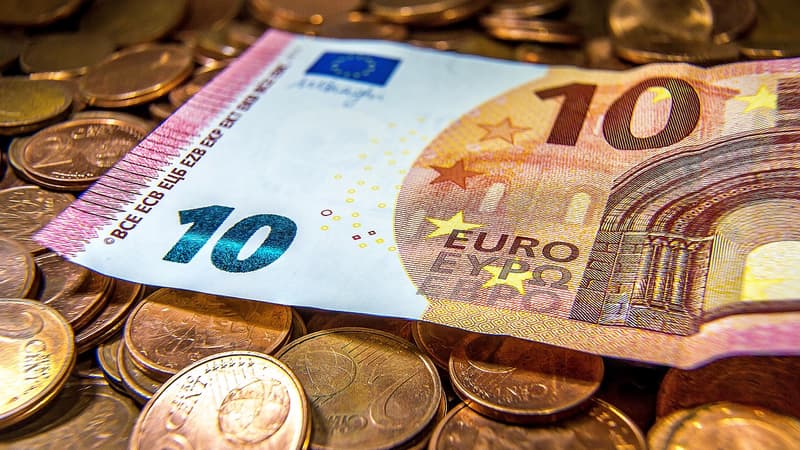The Bank of England was able to indicate that 67% of its CO2 emissions come from activities related to the creation and management of banknotes! How do you solve this problem when banknotes are still by far the most widely used form of money on the planet?
To this end, German cash management specialist Giesecke+Devrient Currency Technology (G+D) launched a greenback initiative last March, which is worth a detour. It is about reviewing from top to bottom the processes of creation and circulation of banknotes. The goal is therefore to produce a “green ticket” whose carbon footprint is limited to 7.8 grams of carbon dioxide.
To do this, the note that G+D offers to central banks and their suppliers to develop has a core of renewable fibers, made up of 50% organic cotton and 50% FSC-certified wood pulp (an FSC durability label). timber). Cotton is grown organically mainly in Turkey and Greece at this stage. However, the switch to this new banknote production has no impact on production costs.
To give it more strength, the greenback is coated with a thinner layer of polymer than the standard hybrid banknote, which means 30% less plastic per banknote. In addition, it is 5% lighter, which is equivalent to saving approximately five tons of plastic per 100 tons of hybrid substrate. In terms of transportation, this saves fuel.
a special ink
The greenback also incorporates security features, such as watermarks and patches, applied with a backing sheet made from 70% recycled polyethylene. Finally, G+D also uses the first mineral oil-free inks to print banknotes.
Since the approach must cover the entire life cycle of banknotes, it also involves learning how to reuse and recycle banknotes and transform discarded banknote remnants. All this without investing in new equipment.
At each stage, therefore, the actions to be taken have been precisely calibrated. However, isn’t this a rearguard fight? Should such changes be initiated which, to have any real impact, should be widely adopted by central banks around the world, as the future seems to be digital currencies? As countries like India strive to move away from the use of cash?
The most inclusive currency
Not without difficulties, however, and G+D’s position is interesting from this point of view because, to hear it, wanting to get rid of cash is just a mirage. Just as vacuum cleaners killed brooms, electronic money will continue to grow, to be widely adopted, but cash will remain important as it is the most inclusive currency, a view that is being heard with increasing force.
G+D makes another argument: if their approach were adopted, banknotes would have a much higher durability than digital currencies, not to mention crypto assets like Bitcoin, which are known to consume a lot of energy.
Finally we can remember that we will not get rid of cash in the short term by simple wear and tear of its uses. For species to disappear, it would have to be a voluntary decision made at the government level. But what exactly would be the reasons?
Source: BFM TV


